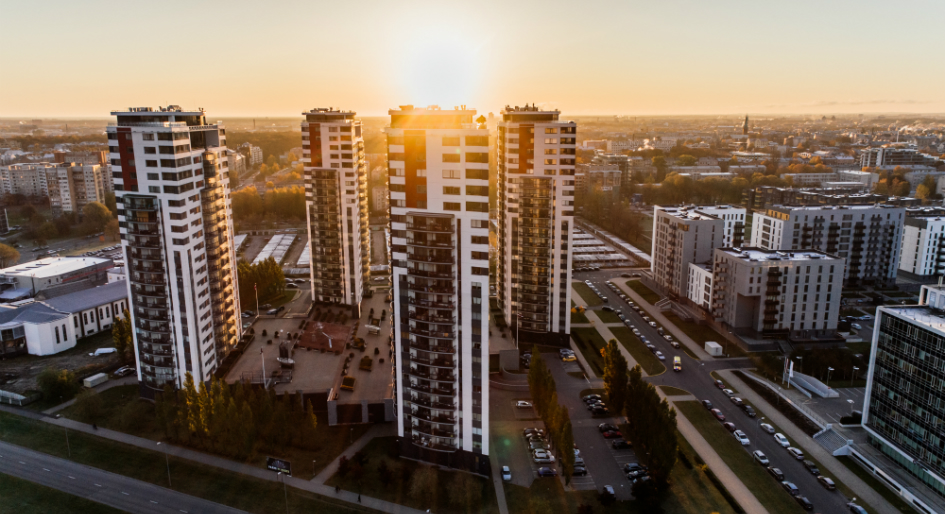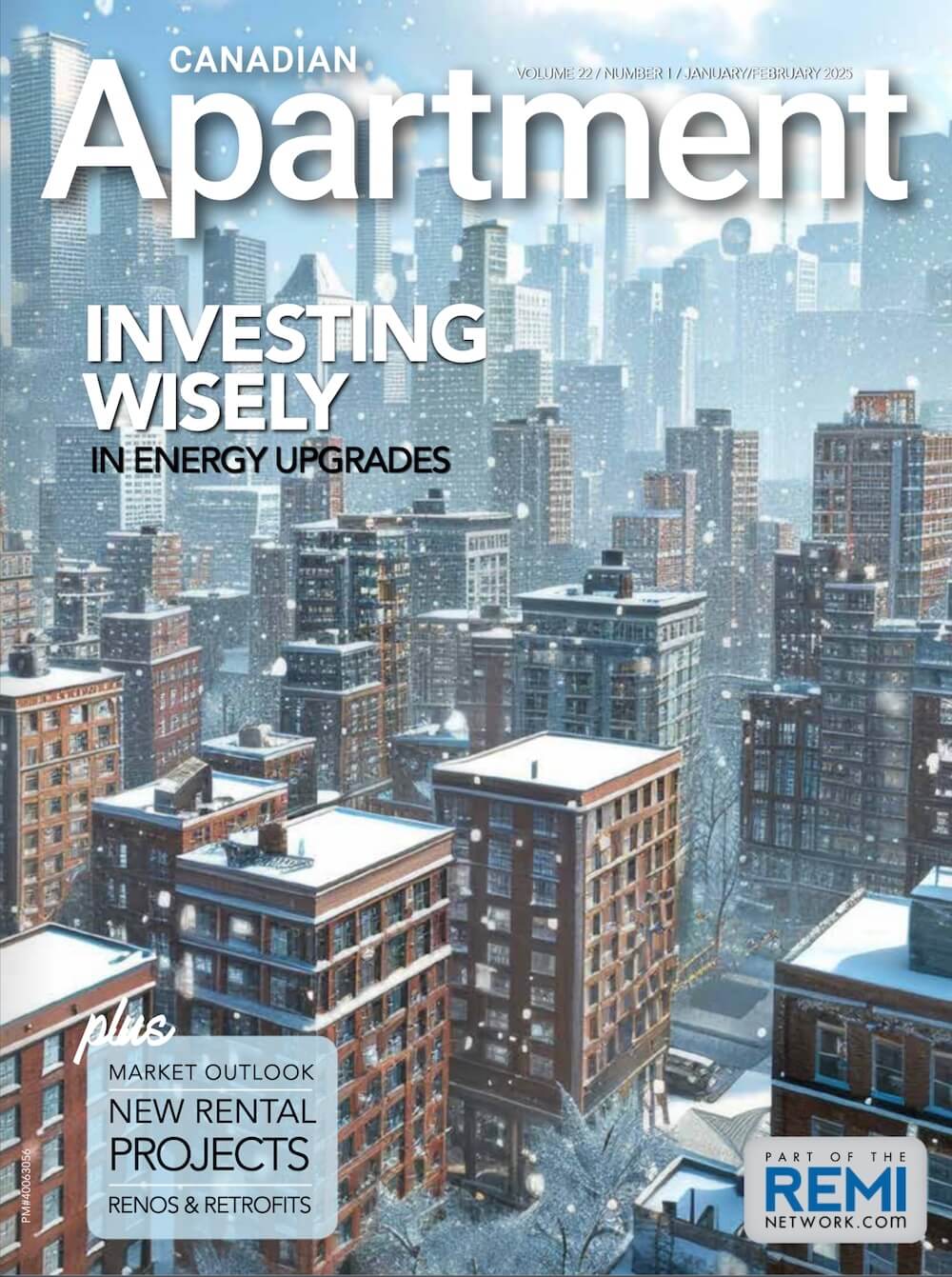Predicting Canada’s economic future remains challenging due to ongoing tariff disputes, reduced immigration targets, and changes in federal leadership, all of which contribute to housing market uncertainty. According to the Canada Mortgage and Housing Corporation’s (CMHC) latest Housing Market Outlook, these factors will inevitably influence rental housing demand. CMHC forecasts that in 2025, rent growth across most Canadian markets will slow as vacancy rates increase, ultimately leading to gradual improvements in rental affordability.
As per the report, “We expect lower immigration and an increase in first-time homebuyers to continue to reduce rental demand throughout 2025 – 2027. Supply will continue to expand as new rental units are completed, leading to higher vacancies and slower rent increases.”
 Apartment starts
Apartment starts
Since 2024, apartment starts in Canada have reached record levels, driven by government initiatives, a rapidly growing renter population, and strong rent growth during the planning phase. While CMHC projects this momentum to persist through 2025 and 2026, fueled by numerous upcoming multi-residential projects, analysts warn that construction activity will likely ease by 2027 as the current pipeline of purpose-built rental projects comes to a close.
Regional highlights
Vacancy rates in B.C.’s major centres rose in 2024 and are expected to remain high in the near term. That said, a significant number of rental units under construction will enter the market in the next few years, but many will be too expensive for the average tenant, potentially slowing their uptake. Lower renter population growth, driven by fewer international migrants, will reduce demand across the province, although recent immigrants are likely to continue favouring rentals over homeownership. This may pressure asking rents downward, improving affordability and increasing turnover as the gap between rents of occupied and vacant units narrows.
In Metro Vancouver, housing starts are predicted to rebound in 2025 after a sharp decline in 2024. However, limited land transactions and rising costs will hinder growth beyond 2026. Rental construction will remain a priority due to policies and developer interest, though leasing higher-priced units will become increasingly challenging, especially given rising land prices. CMHC analysts suspect this could affect development feasibility in the city of Vancouver.
In Alberta, rent growth, along with new policies and programs, are expected to support new construction; however, economic uncertainty may cause some developers to proceed with caution. Currently, Edmonton remains one of the most affordable of Canada’s largest urban centres, and CMHC expects it will continue to attract international and internal migrants, albeit at lower numbers than in 2024.
Calgary’s strong population growth in recent years is expected to slow as federal policies impact international migration. In turn, vacancy rates will rise in the city as new purpose-built housing supply outpaces the slowing demand. This shift is likely to ease rent growth pressures as landlords compete to fill new buildings. Elevated vacancy rates and slower rent growth may lead to fewer condominiums in Calgary being used as rentals.
In Ontario, primary market rent growth slowed in 2024 after two years of acceleration, owing to increased vacancy rates. CMHC expects more of the same in 2025 due to increased multi-unit housing starts and the planned reduction in the non-permanent resident population, resulting in fewer international students.
The purpose-built rental apartment vacancy rate in Toronto is expected to rise due to higher levels of condominium and purpose-built rental completions, along with weaker demand and a higher unemployment rate. Following record-low rental turnover in 2024, some GTA renters will likely transition to homeownership, further increasing vacancy rates in Canada’s largest city. CMHC says it expects below-average rent growth for two-bedroom rentals in 2025 and 2026, allowing incomes to catch up and more renters to enter the market by 2027.
In some Eastern rental markets, increased supply will cause the vacancy rate to grow slightly this year. In Ottawa, the rental segment will continue to account for a growing share of new construction, and the vacancy rate should rise slightly. In Montréal rental units will remain the most commonly built housing type. More stable construction costs, better financing conditions and government incentive programs are expected to continue driving new rental starts in 2025.
Condominium apartments
CMHC expects housing starts across Canada to slow down over the forecast period, primarily due to fewer condominium apartments being built in the coming months and years. With low investor interest and more young families looking for family-friendly homes, developers will find it harder to sell enough units to fund new projects. The increase in unsold units will likely reduce new project launches, leading to a decline in new condominium apartment construction.
That said, regional activity will vary according to the province. In Ontario, pre-construction condominium apartments, often bought by investors, will see lower demand due to weaker resale and rental markets, leading to new construction slowing down promptly as of 2025. In B.C., fewer investors and stronger resale markets will lessen this slowdown, while the impacts will be minimal in Alberta where more buyers are actual residents as opposed to investors.
For more on Canada’s housing market, visit www.cmhc-schl.gc.ca






